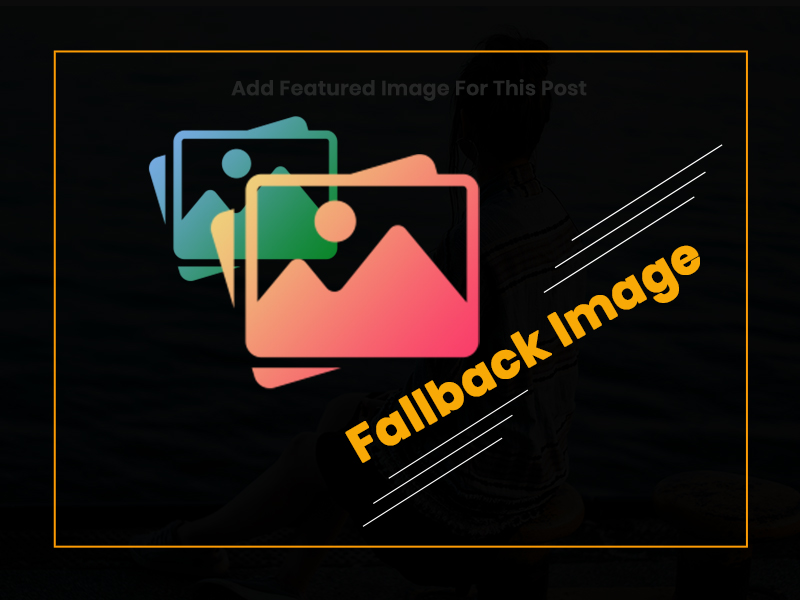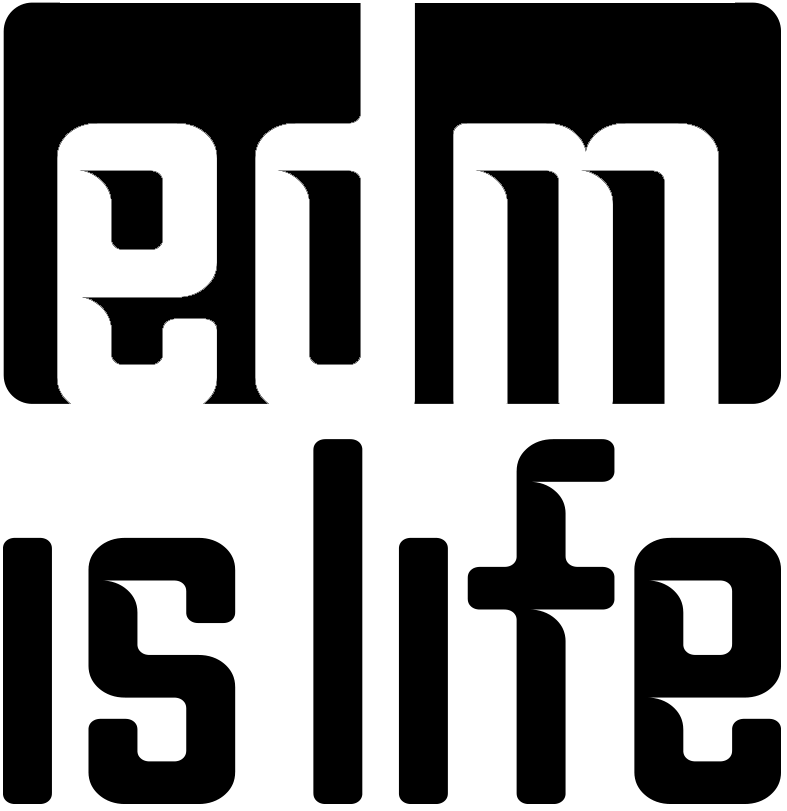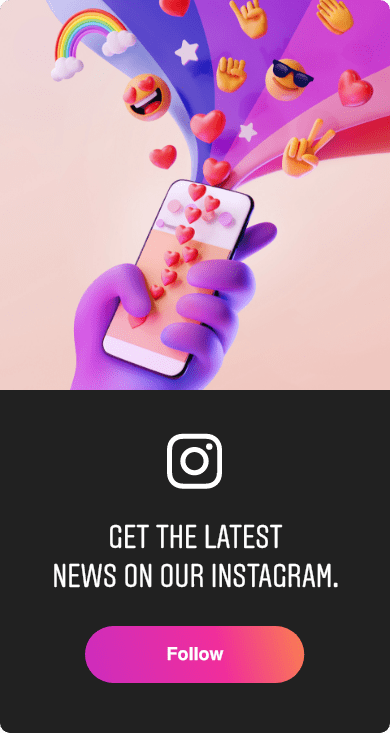
Parcels: Inside their immaculate live album recorded at David Bowie’s old stomping ground
Parcels may have inadvertently recorded the world’s first social-distanced live album. In the accompanying live video for ‘Live Vol.1’, the Berlin-based Aussies appear to have set themselves up the appropriate distance at Hansa Studios for the new recording. It was, of course, coincidental – but it makes for a much calmer listening/viewing experience.
The new album acts as a “end of a chapter” for the five-piece. After collectively moving to Europe a few years back, the band set a goal of recording at Hansa Studios in Berlin. The iconic studio, located by the remnants of the Berlin Wall, has played hosts to sessions from David Bowie during his Berlin-period, captured Iggy Pop’s ‘Lust For Life’ soon after, as well as Depeche Mode, U2, Pixies and more.
If you’ve caught a Parcels live show in the last few years you’ll know that few do it better. There’s slick grooves, stunning harmonies and swishing hair – it’s one of those rare shows allergic to duds and dull moments. Following the release of their debut album in 2018, these performances have placed them on growing stages – from London’s Somerset House last summer to open-air shows in their adopted home of Germany.
‘Live Vol.1’ captures that energy, but is just much a wonder for the technical heads. The album provides an opportunity for fans to dive into the intricate playing that make the shows the wonder that they are, while the banging interludes and reworked live versions to keep things moving.
The band’s keyboardist Patrick Hetherington tells NME about the art of recording a live album with no fans, the lure of the Hansa Studios and what comes next for the band.
Why were you so drawn to Hansa Studios? Beyond it being one of the most important studios in Europe…
“It’s exactly that! It’s a legendary studio in Berlin where David Bowie – who’s one of our favourite artists – and other legendary artists recorded. The first time we visited was because of Louis’ [keys] and Noah’s [bass] landlord, who was a mastering engineer. He said that we should come by and visit my mastering studio, and we didn’t really know where that was at first. He took us on a tour and showed us around with all the original masters of David Bowie’s ‘Heroes’ and all these Bee Gee songs. We all knew straight away that we’d love to work there.”
Some big names have come through the space. How do you make it your own unique space?
“A big part of how we work is that when we enter our studio we like to make it our own, in the way we have our set-up, gear and mics – it becomes the space of any artist who walks in there. Once we walked in and set-up, we quickly lost the stigma of all the artists who had been through before and became us doing what we do in there. Another thing that sets it apart from other studios in Berlin is the technical aspect. We really wanted to use that ’70s desk mixed with the 24-track tape machine which is quite rare to see these days. That sound treatment really appealed to us.”
- Meet Parcels, the Aussie band who’ve worked with Daft Punk and sound like The Beach Boys gone electro-disco
Is it unusual to enter a space like this with finished songs, as opposed to head in to record and write?
“We still take from the space. I guess it was different as we weren’t really writing in the space – we just went in there to record this session. But every space you enter and make music, it changes the way you feel and play. It’s equally you changing the space with the music and that being captured. We want to keep the show fresh and us alert, so we wanted to integrate some of the unheard or new songs that are in our live show to close the chapter of this album”
Which live albums were you particularly inspired by?
“A lot of the albums that we were inspired by were more traditional “live albums” with a concert or a crowd, like Donnie Hathaway, the Grateful Dead, Marvin Gaye, Al Green. It didn’t cross our minds until later that we’re actually doing a studio version of the live show. But we’d always wanted to blend the two worlds there’s always been such a big divider between our lives and studio world. It was an important step for us to see what we could do between them.”
Usually there would be crowd reactions and interactions to some of the set’s most exiting moments. What was it like to play those without a crowd?
“There was definitely a strange mood in there. I think it comes through in the video which I really like. There’s a real tension in the air. We didn’t want to have a crowd in there because wanted to be focused, so it had to be sort of ‘boring’ visually. There’s this tension in there because we were so focused and nervous to get the takes right. There’s big moments in the set where we’re used to having a big crowd interaction and you can see us smiling in those parts. It’s quite awkward. ”
On Instagram you showcased some tutorials for fans to play individual parts. That must have been heartwarming given the current situation?
“That was such a beautiful thing. There’s some really good players in there, some of them could do it even better than us! I really enjoyed the fact that those who were just starting out and perhaps weren’t so technically confident were giving it a go and sending us stuff. ”
Now that the chapter is closed, what comes next?
“We got deep into working together again and in this flow and then the quarantine happened and we realised that we were getting into patterns. We didn’t realise that we really needed a break, so it’s been positive to break out for some things. When we work, it’s quite a long process and changes so much in that time, so it makes it quite hard to talk about it. But we’re always thinking about it. I think that people are really open to change these days. I have a really positive feeling about audiences and the public are up for it when artists move and change.”
Parcels’ ‘Live Vol.1’ is out now

![Music Remover from Video in 2025 [Top 6 Review]](https://edmislife.com/wp-content/uploads/2025/07/unnamed-29-png.webp)
